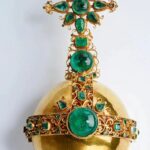On a day in early 1966, top jewelers from various countries gathered at the Iranian palace. Over 50 crown designs were presented to the Iranian King Pahlavi.
Although these jewelers had encountered many royals and nobles before, this time, their hearts were filled with unprecedented anxiety.
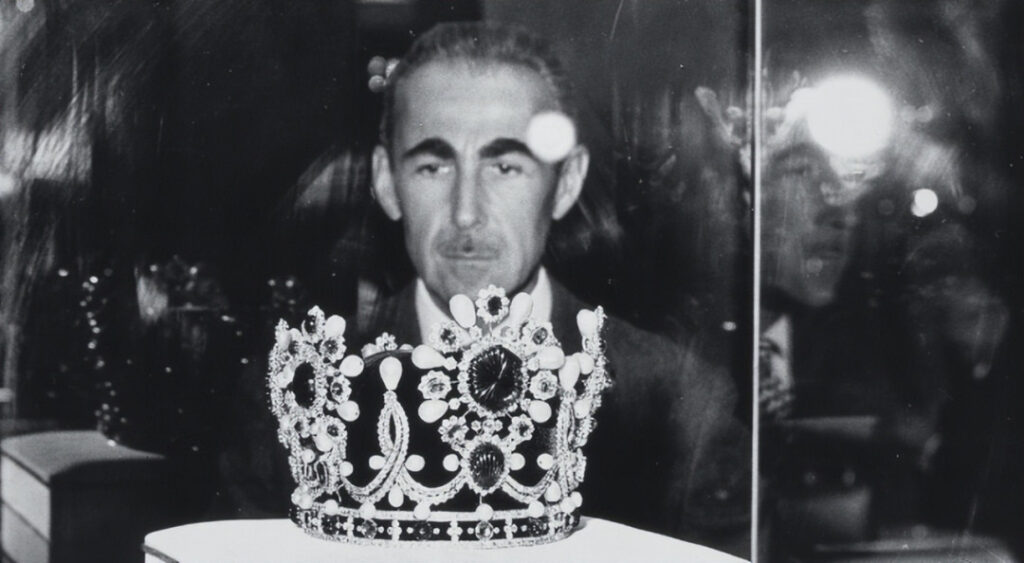
For these jewelers, winning this bid meant more than just securing a royal order. It was a recognition of their brand’s capability, elevating their reputation and image to new heights.
After a long wait, King Pahlavi of Iran finally announced: Van Cleef & Arpels’ design had won the competition and was successfully selected.
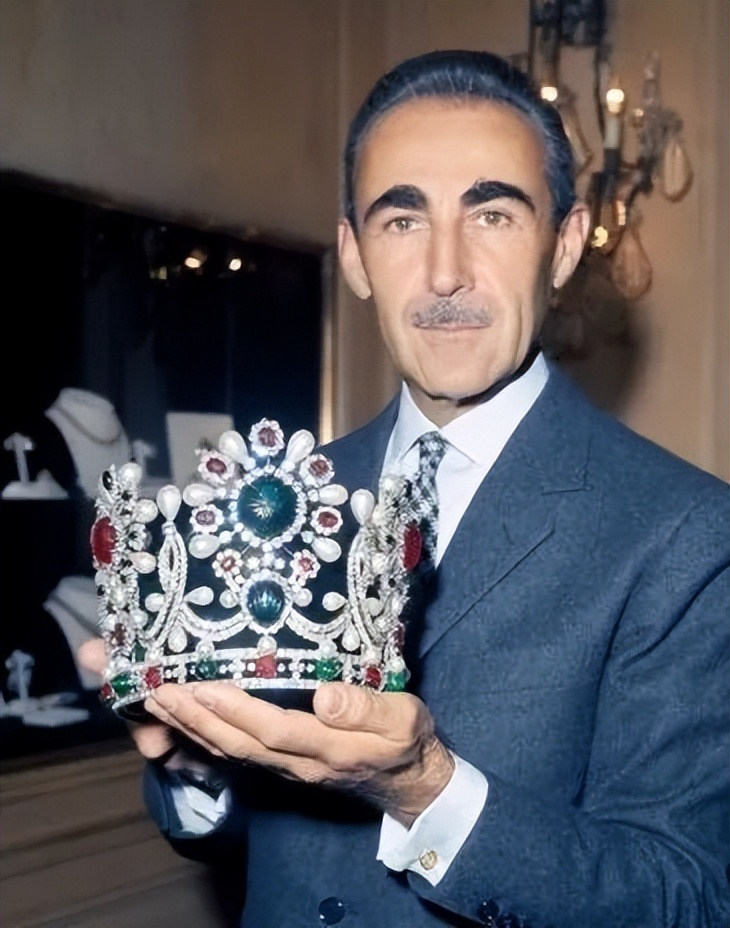
Following this, after more than six months of craftsmanship, a coronation crown weighing a full 4 pounds, set with 1,646 gemstones and a 150-carat emerald, was unveiled to the world.
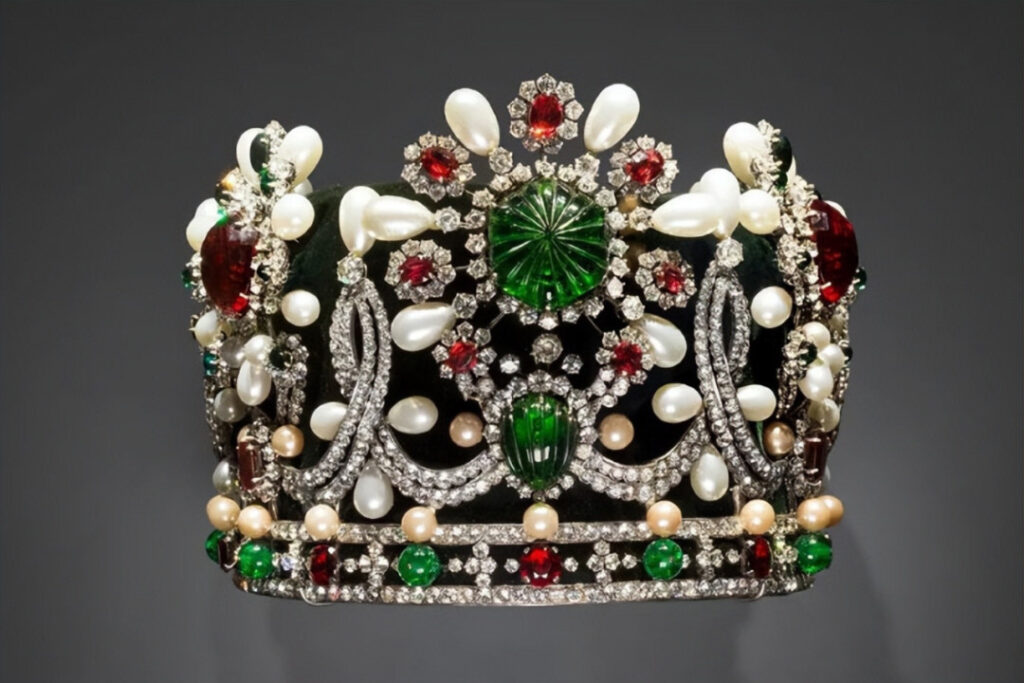
Of course, this coronation crown was not made for King Pahlavi’s own ascension to the throne, but was a grand gift for his beloved queen, Farah.
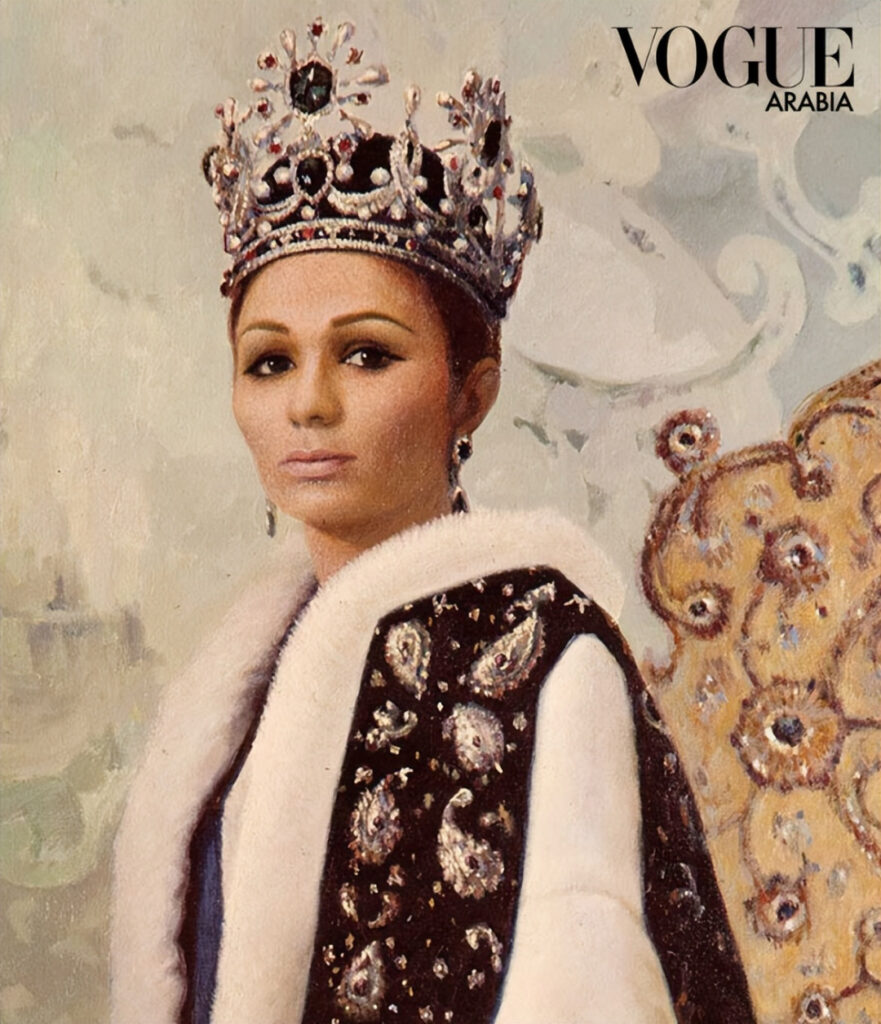
As the only crowned queen in Iranian history, this crown not only witnessed this epic love story but also accompanied her through the most important 19 years of her life, making it truly significant.
Today, in our “Legendary Crowns” series, we’ll discuss what Van Cleef & Arpels calls one of their most renowned works: Farah Pahlavi’s coronation crown.
From Aristocrat’s Daughter to Queen of Iran
We’ve previously shared the extraordinary life story of Farah Pahlavi, the last empress of Iran’s Pahlavi dynasty.
Born on October 14, 1938, in Tehran, Farah Diba came from an aristocratic family. Her father, Sohrab Diba, was an officer in the Imperial Army, and her grandfather was a diplomat who had served as the ambassador to Russia.
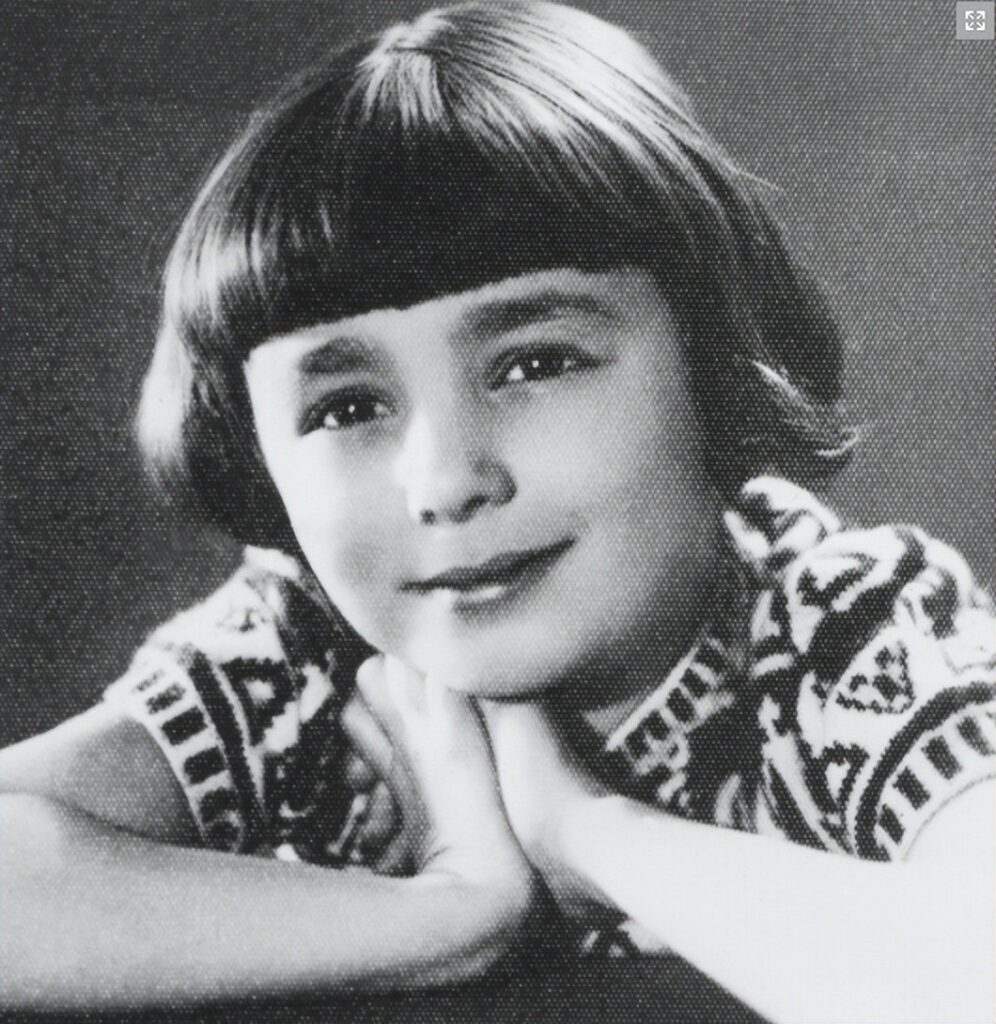
As the only daughter, Farah enjoyed a privileged childhood under her parents’ care, living a carefree life.
However, this idyllic period was short-lived. When she was nine, her father’s unexpected death brought dramatic changes to her life.
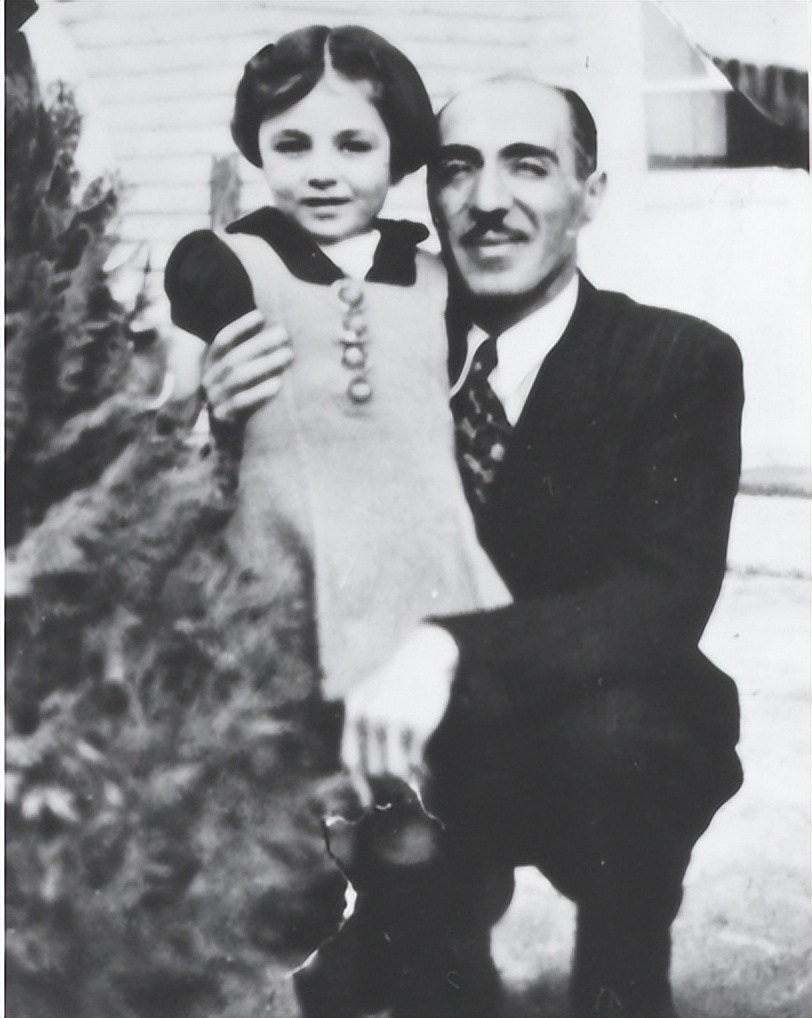
Due to family disputes over inheritance, she and her mother were forced to live with relatives, becoming dependent on others.
Farah’s mother, Farideh Diba Ghotbi, was a progressive woman. In an era when women’s status was low, Farideh refused to make her daughter wear a veil and didn’t arrange a marriage for financial gain.
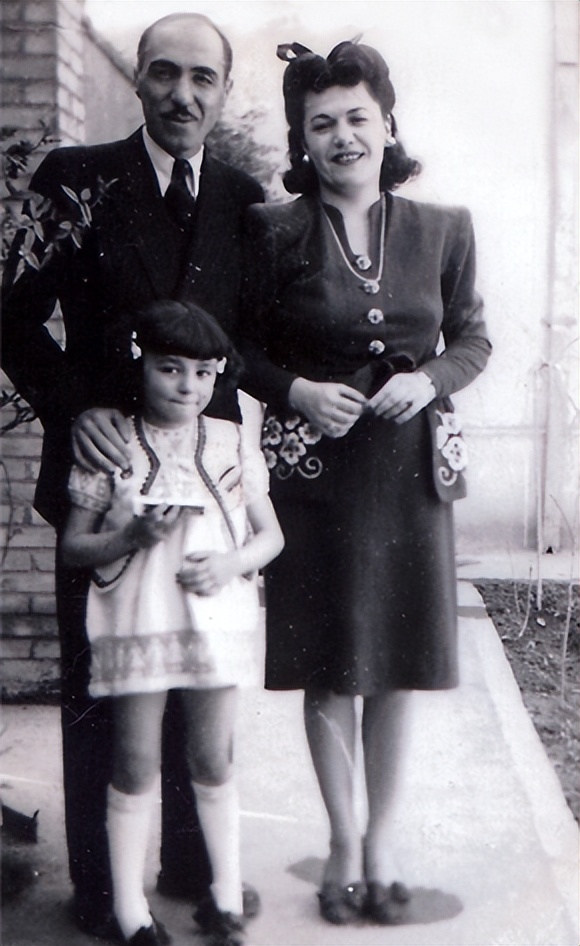
To provide Farah with the best education, Farideh first sent her to an Italian school in Tehran, and later to study in France, encouraging her to pursue architecture with a scholarship.
At that time, architecture was predominantly a male field, but Farah was undeterred. She excelled in her studies, believing she could make her mark in this domain.
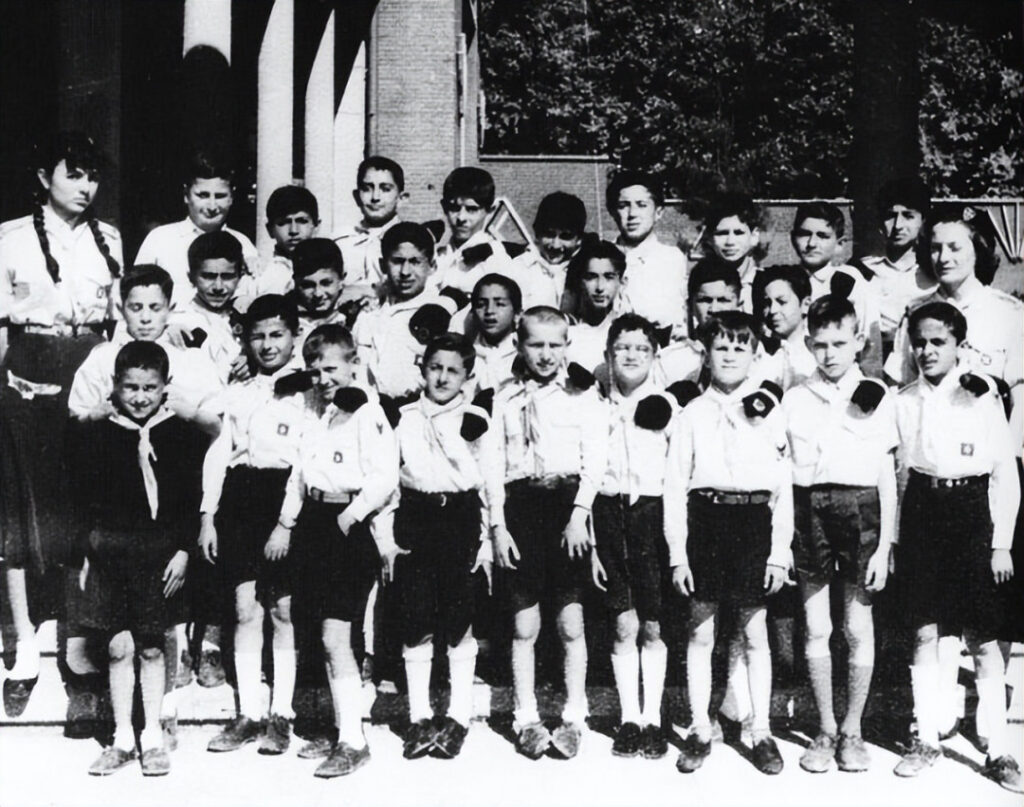
In the spring of 1959, Farah took a break from her studies to attend a reception for the Shah of Iran at the embassy as a student representative.
At this reception, the 21-year-old Farah caught the eye of Shah Mohammad Reza Pahlavi, who fell in love at first sight!
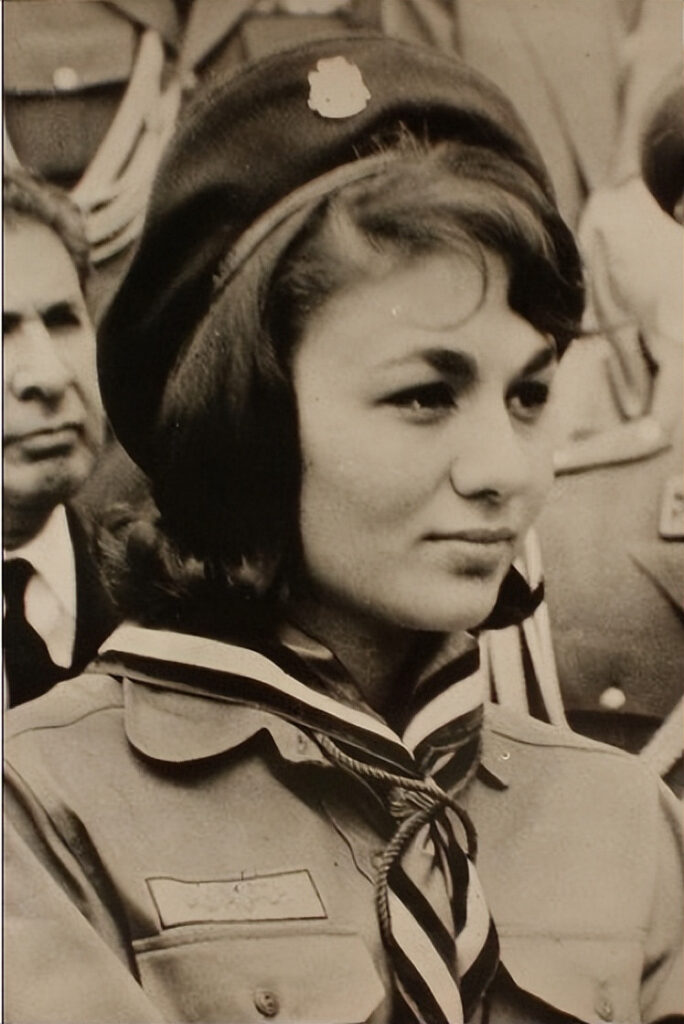
Of course, as the Shah of Iran, Pahlavi had a rich romantic history. Before meeting Farah, he had been married twice. Just before his visit to France, he had divorced his second wife, Soraya, due to fertility issues.
The young and beautiful Farah rekindled his dormant heart. After a whirlwind courtship filled with jewels and gifts, Farah married the Shah on December 1 of the same year, becoming the Queen of Iran.
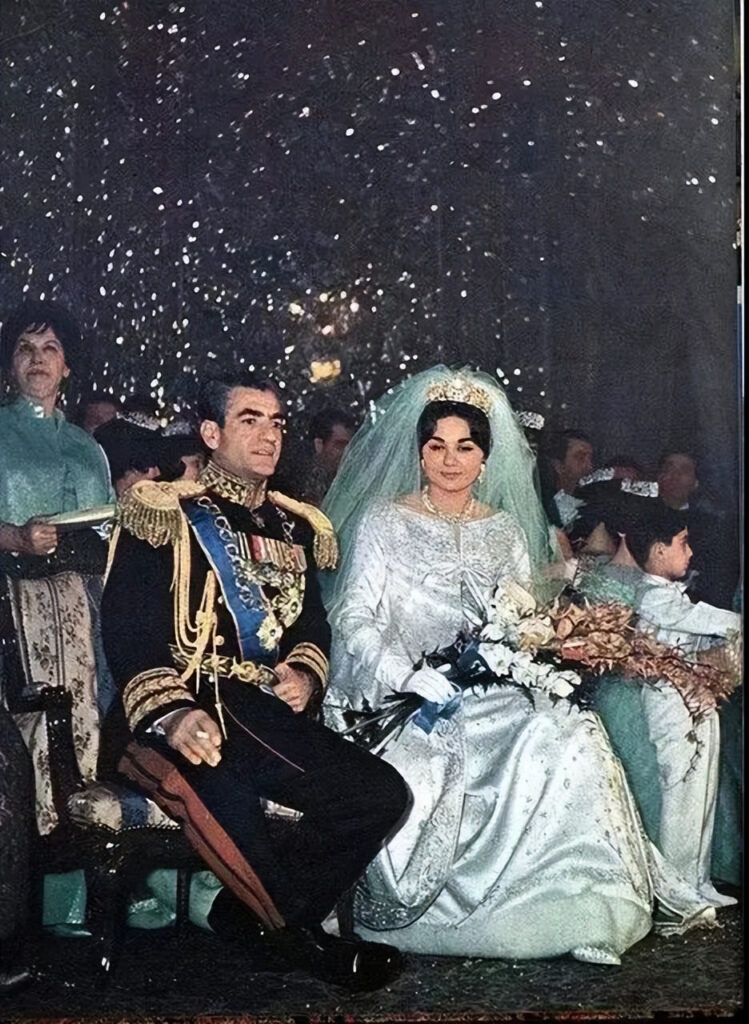
The First Crowned Empress in 2500 Years of Iranian History
Although Shah Pahlavi had ruled Iran for nearly 20 years since inheriting the throne in 1941, he had postponed his coronation ceremony. He believed he should only be crowned when he had truly achieved something for Iran.
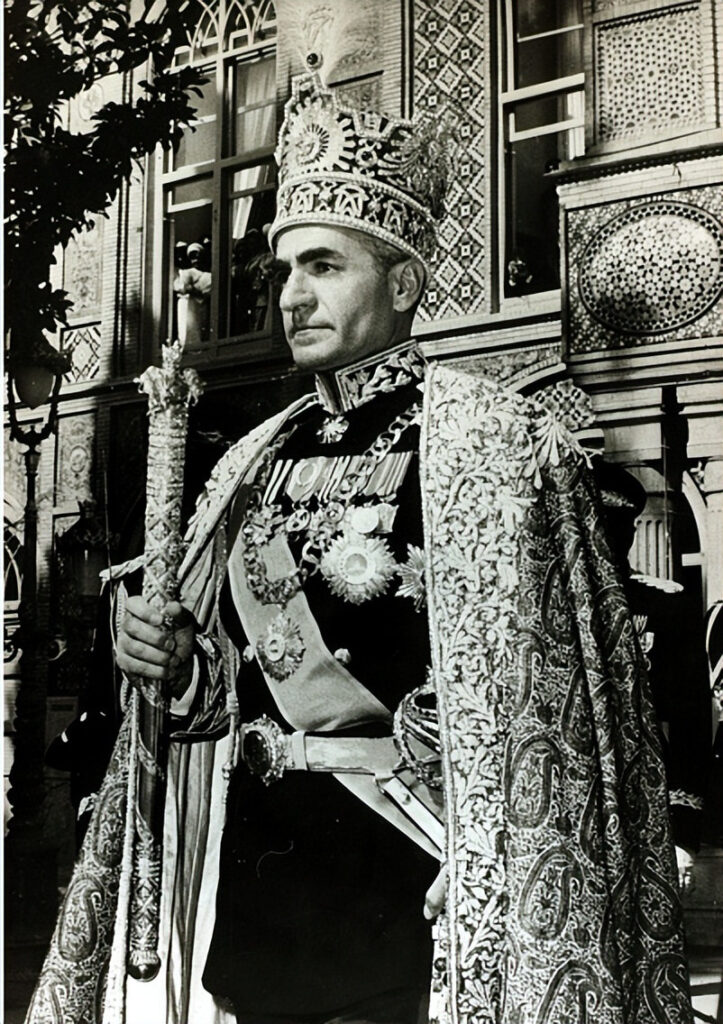
In the following years, as King, Pahlavi initiated a series of economic, social, and political reforms, granting women voting rights among other privileges.
As Queen, Farah lived up to expectations by successfully giving birth to the heir, Crown Prince Reza Pahlavi, followed by two princesses and another prince, resolving the long-standing issue of succession that had troubled the King for years.
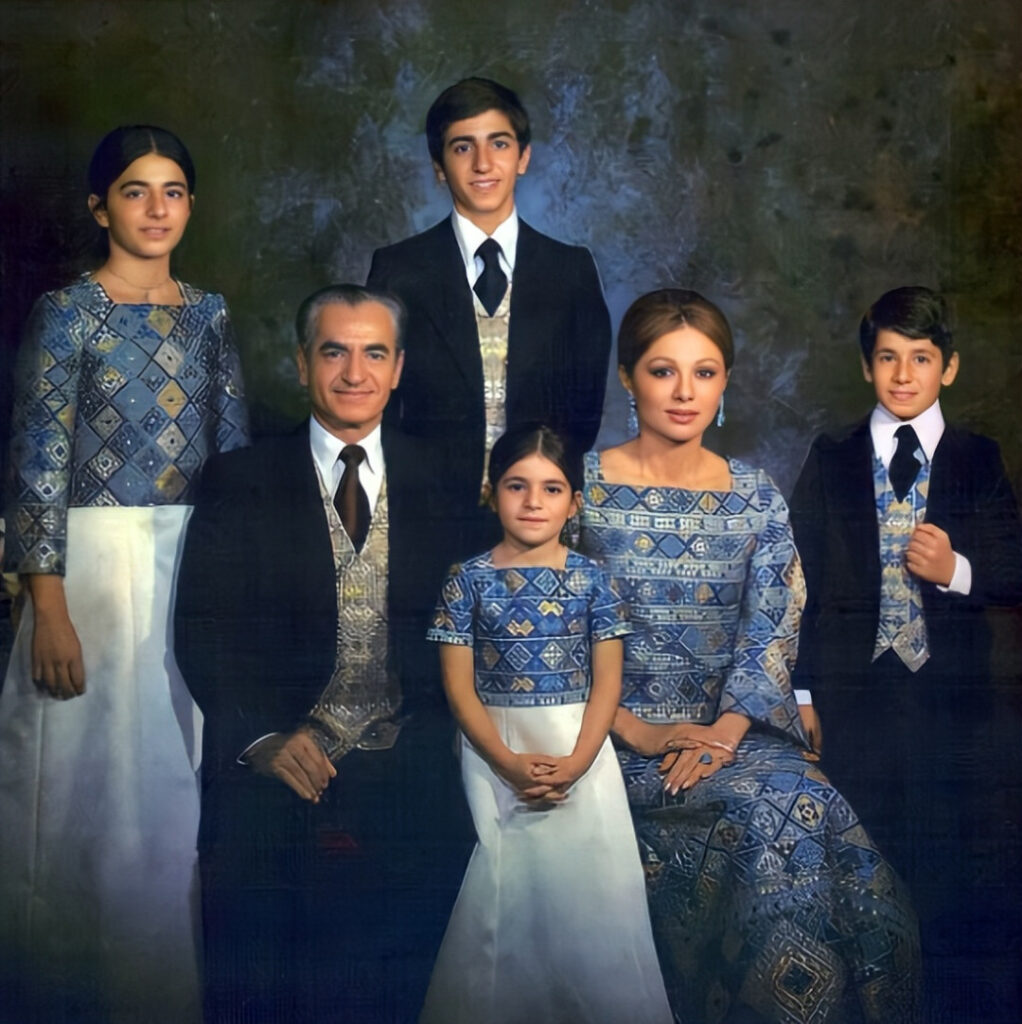
In 1967, the time finally came for the coronation ceremony. Shah Pahlavi made a significant announcement: Queen Farah would be crowned alongside him.
This decision not only further elevated women’s status in society but also made Farah the first crowned empress in 2500 years of Iranian history.
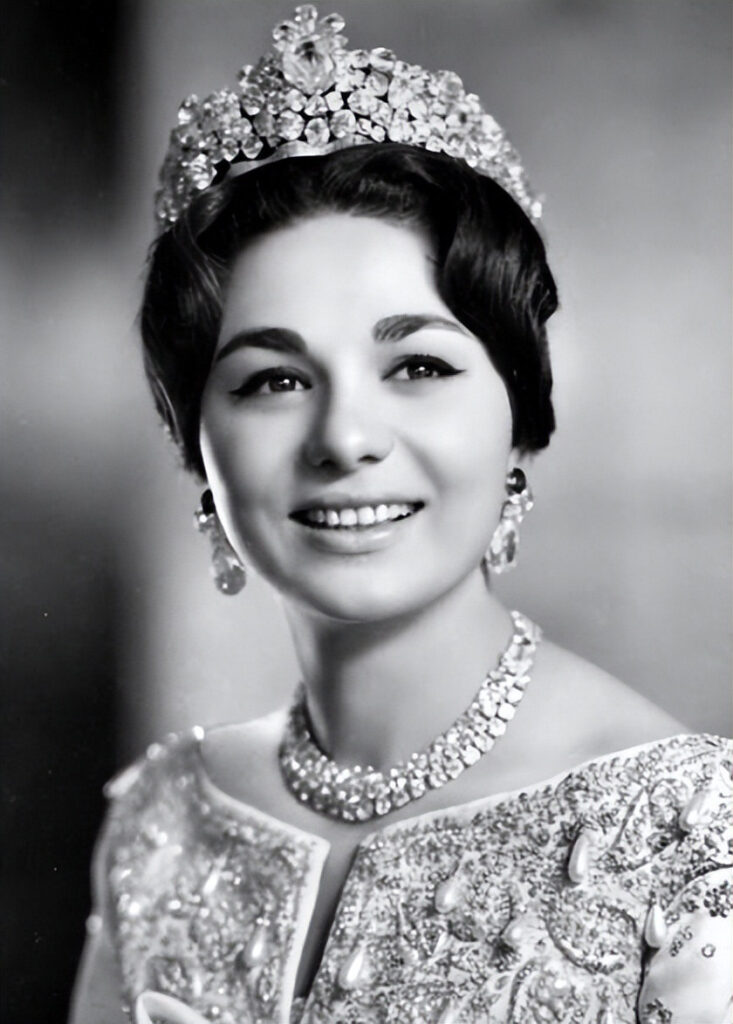
Since the coronation of an Iranian empress was a matter of centuries past, there was no existing crown suitable for a female coronation. To address this, Shah Pahlavi held a grand bidding event.
Top jewelers from around the world were invited to participate. Over 50 crown designs were submitted, and ultimately, the responsibility for creating the new crown fell to Van Cleef & Arpels.

According to Iranian tradition, the gemstones for the crown had to be selected from those stored in the royal treasury at the Central Bank of Iran, and these stones were not allowed to leave the country.
To successfully complete this royal order, founder Pierre Arpels set up a temporary workshop in the basement of the Iranian Central Bank and sent a team of jewelers to Tehran to select suitable gemstones. Queen Farah herself was involved in the design and creation of the crown.
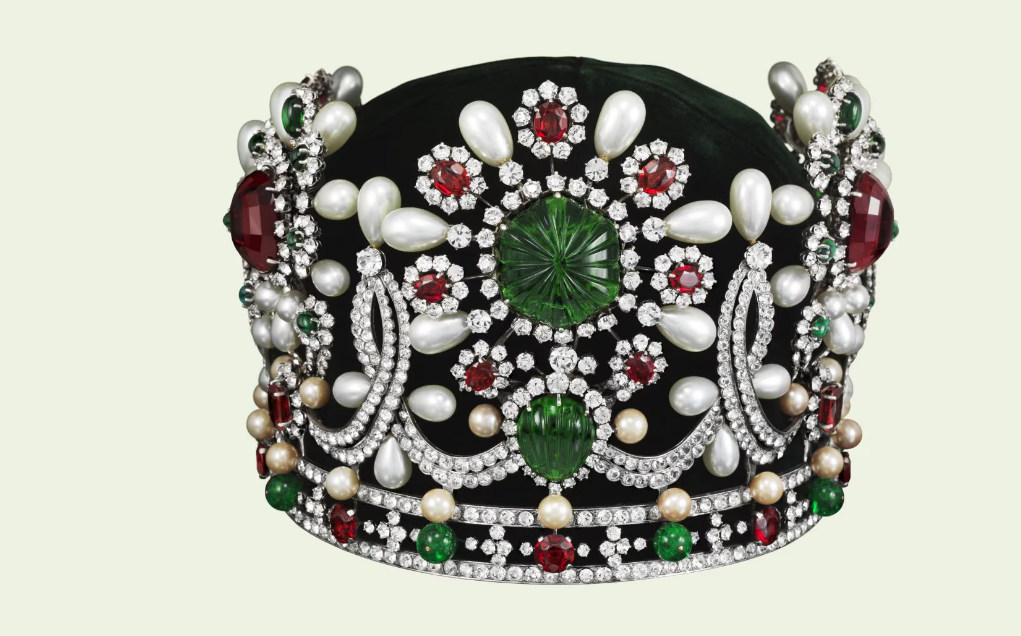
Farah’s Coronation Crown: A Collection of National Treasures
Due to the urgency of creating this coronation crown, Pierre Arpels decided to split the work into two parts. The metal frame of the crown was manufactured at the Paris headquarters, while the cutting and setting of gemstones were done in the temporary workshop in Iran. During this process, craftsmen traveled between Paris and Tehran dozens of times to ensure the perfect fit between the frame and the gemstones.
After more than six months of meticulous work, a priceless coronation crown, embodying numerous national treasure-grade gemstones, was finally born!
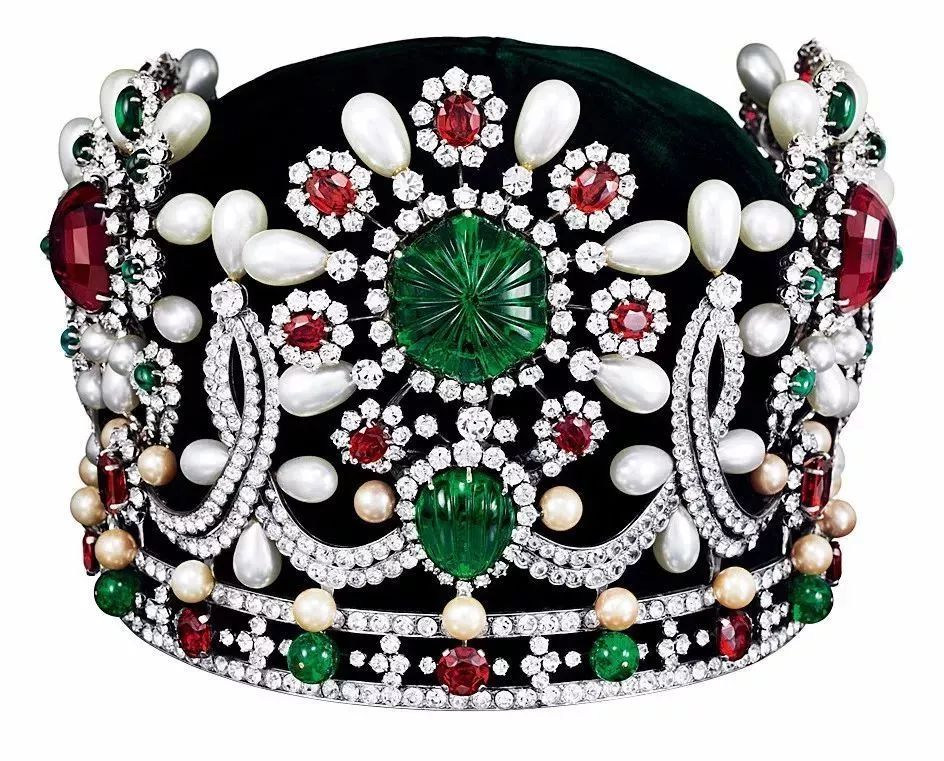
This crown weighed a full 4 pounds (1.8 kg). Its main framework was supported by platinum, with green velvet as the base. It was adorned with 1,469 diamonds, 36 emeralds, 36 rubies and spinels, and 105 pearls. The centerpiece was a stunning 150-carat emerald. This crown was truly a treasure accumulated from precious stones, with an exceptionally luxurious design.
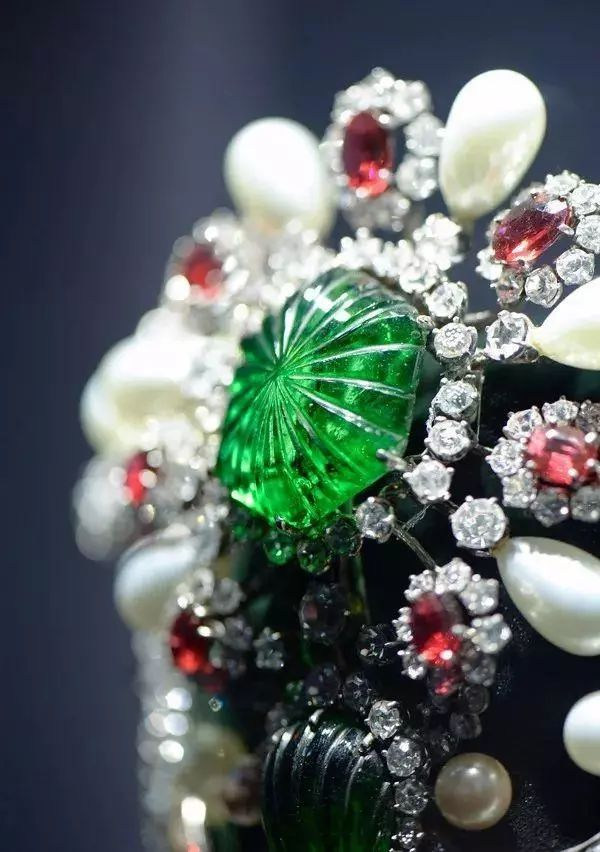
To complement this extraordinarily lavish crown, Van Cleef & Arpels also created a pair of earrings, two emerald pendants, and an emerald necklace for Queen Farah.
The largest emerald on the necklace was even bigger than the one on the crown, weighing an impressive 180 carats.
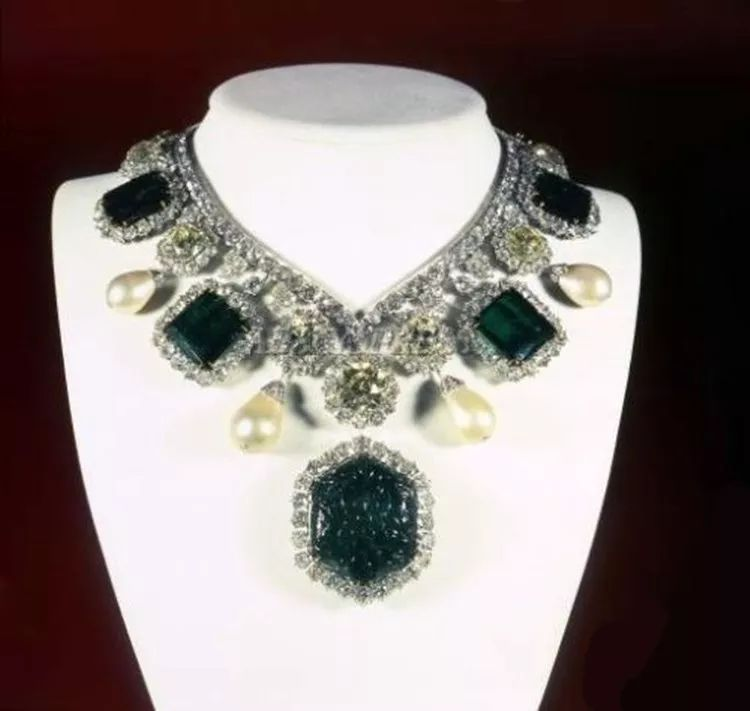
On October 26, 1967, during the coronation ceremony, Queen Farah wore her coronation gown as Shah Pahlavi personally placed this crown, symbolizing women’s liberation, on her head. Farah radiated elegance and nobility, exuding a powerful presence!
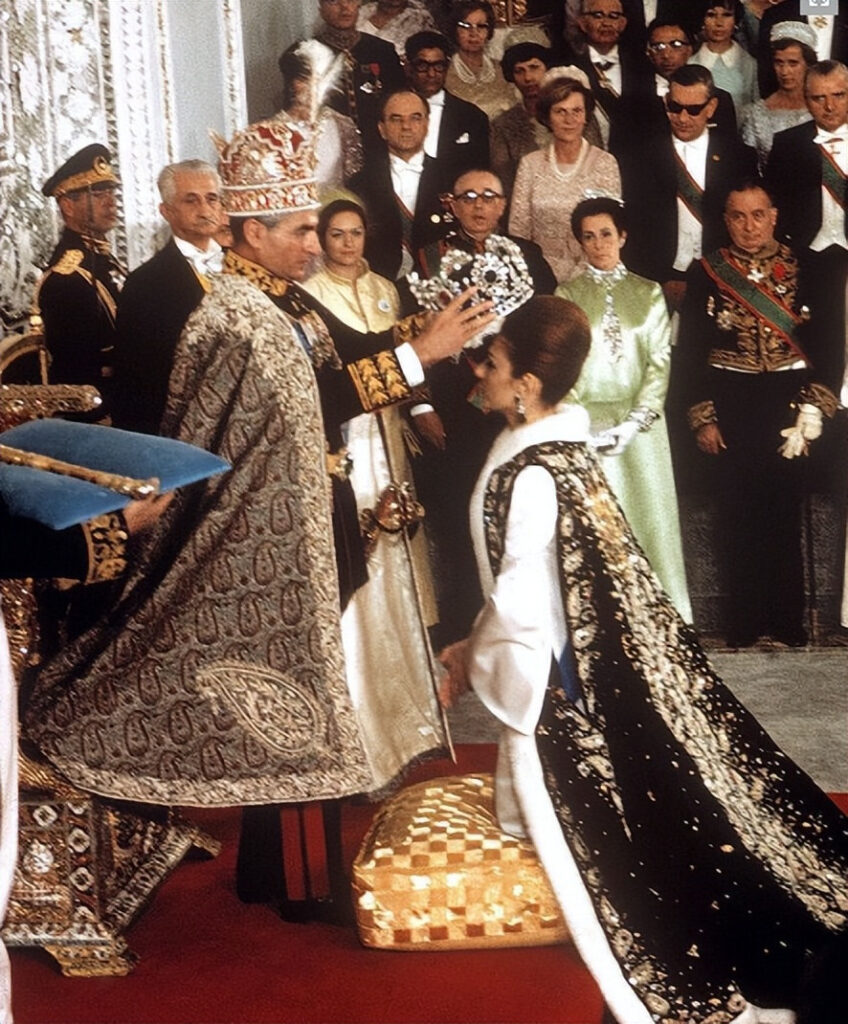
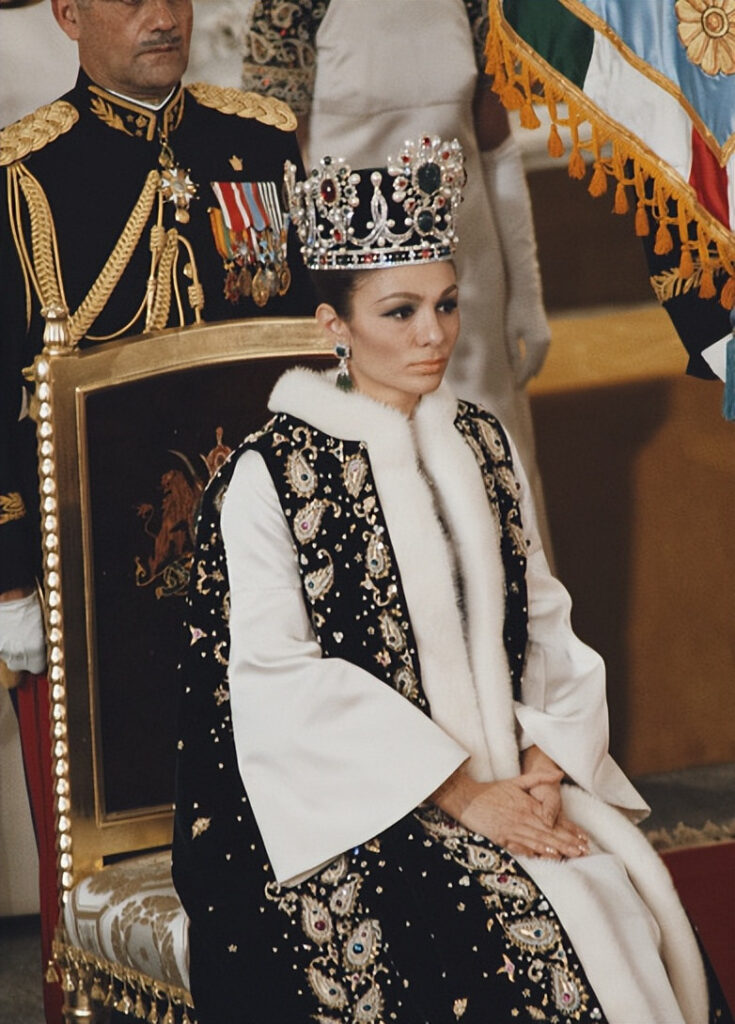
From Life’s Peak to Its Valley: The Coronation Crown Tells a Tale of Glory
After her coronation, Farah reached the pinnacle of her life.
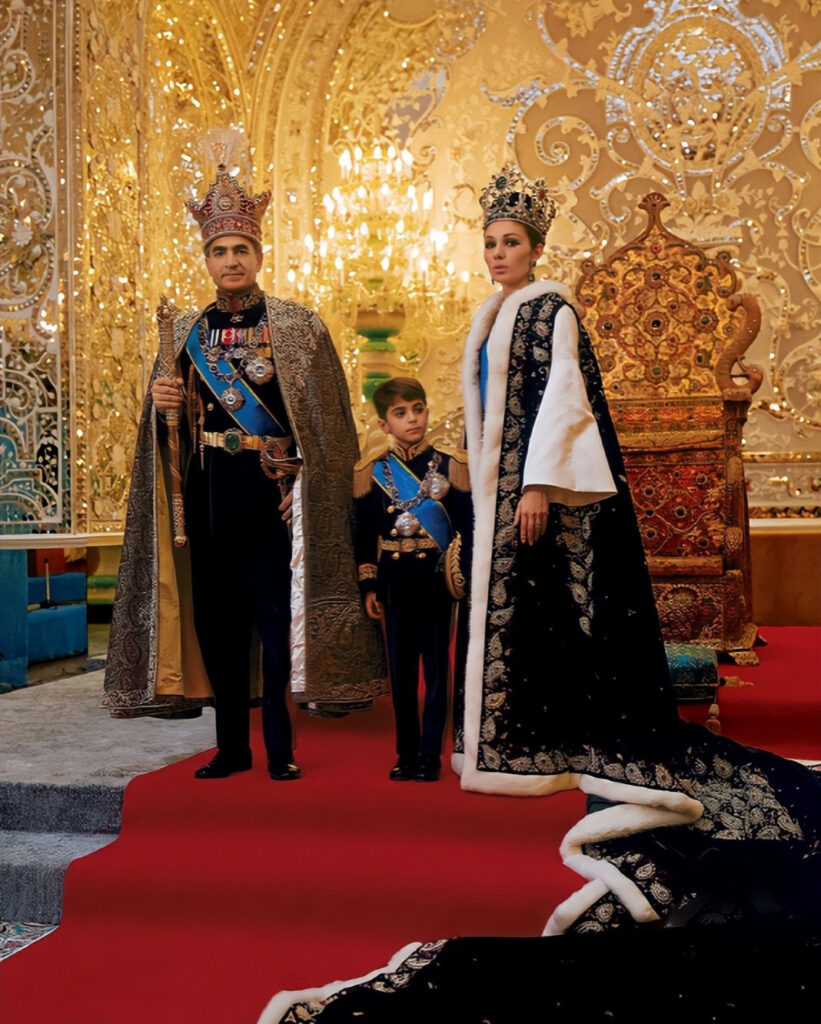
She founded Pahlavi University, promoted women’s rights, and greatly developed public and charitable causes. She not only gained the support of the Iranian people but also won high repute internationally.
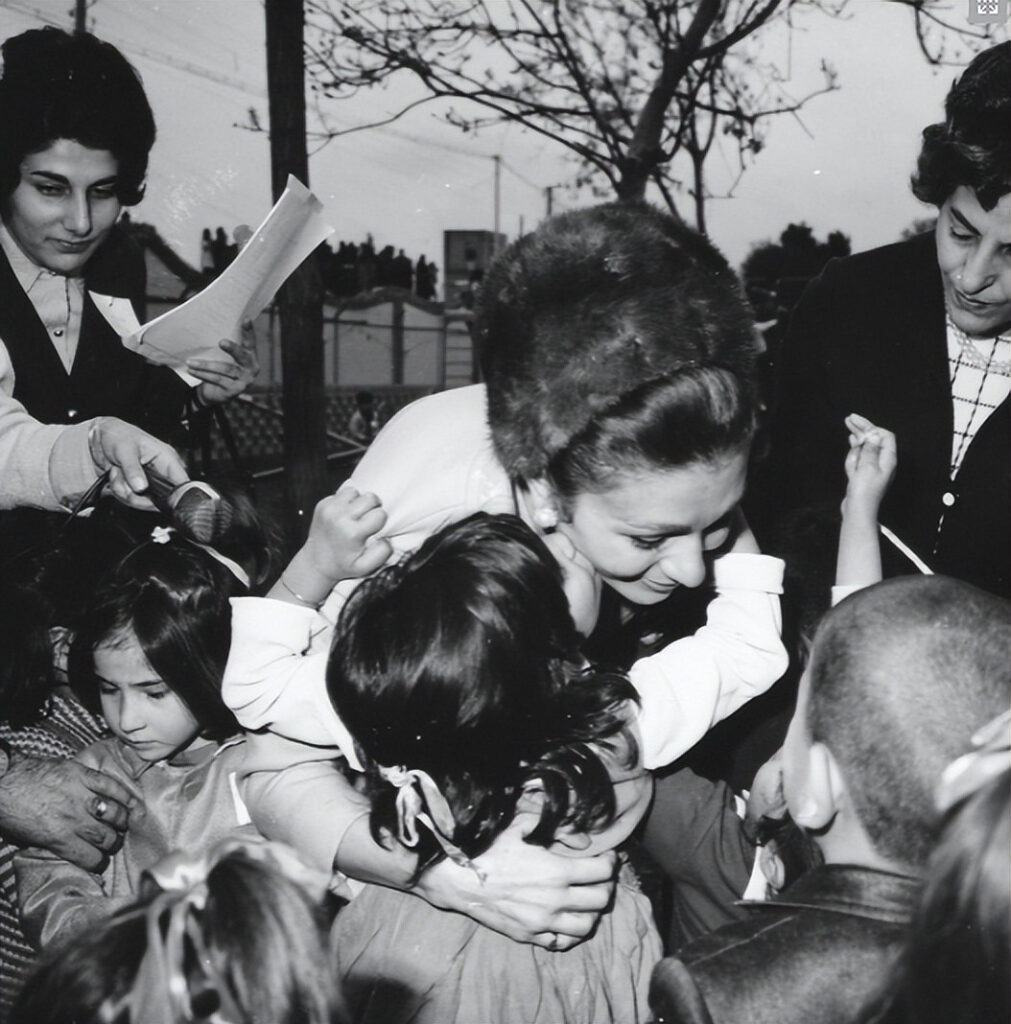
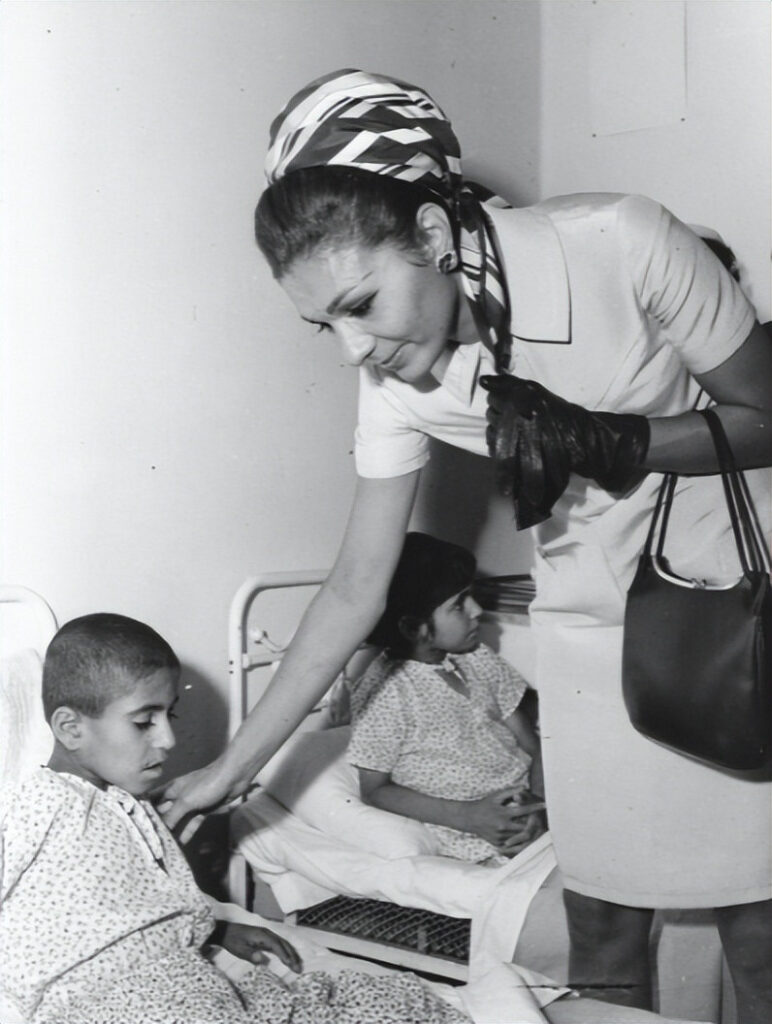
Unfortunately, fate often plays cruel tricks. Just as Farah’s life was at its peak, on January 16, 1979, the Islamic Revolution erupted. The Pahlavi regime was overthrown, and Farah had to flee Iran with the Shah, beginning a life in exile.
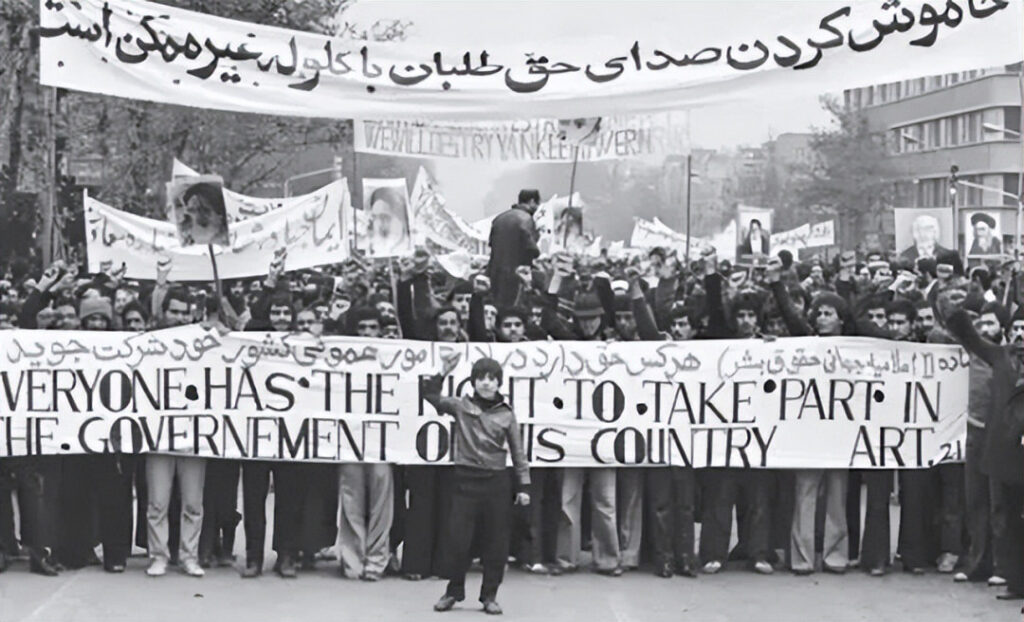
Many royal treasures went missing during this process. However, fortunately, this profoundly significant coronation crown was preserved intact. Today, it rests safely in the Iranian National Jewels Museum, silently recounting its former glory and achievements.
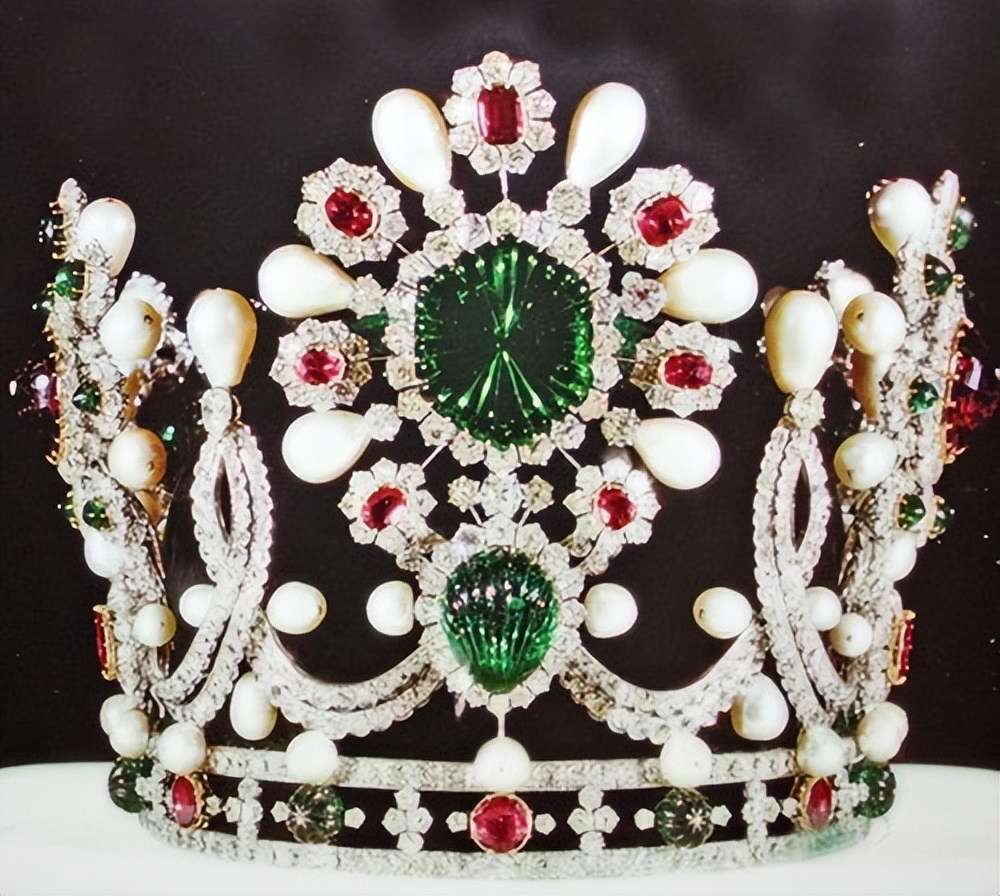
Editor’s Note:
As the last coronation crown in Iranian history, Farah’s crown is luxurious, dazzling, and spectacular. It embodies the treasures of Iran’s national treasury and holds immense significance for the entire Iranian nation.
Although this crown has only 57 years of history since its creation, it not only witnessed Shah Pahlavi’s most “modest” love for Queen Farah but also carries the splendor and glory of the Iranian royal family.
Which legendary crown’s story would you like to read next? Feel free to share in the comments!
The Crown of 2500 Years: Iran’s Symbol of Women’s Liberation Adorned with 1647 National Treasures
Tweet

